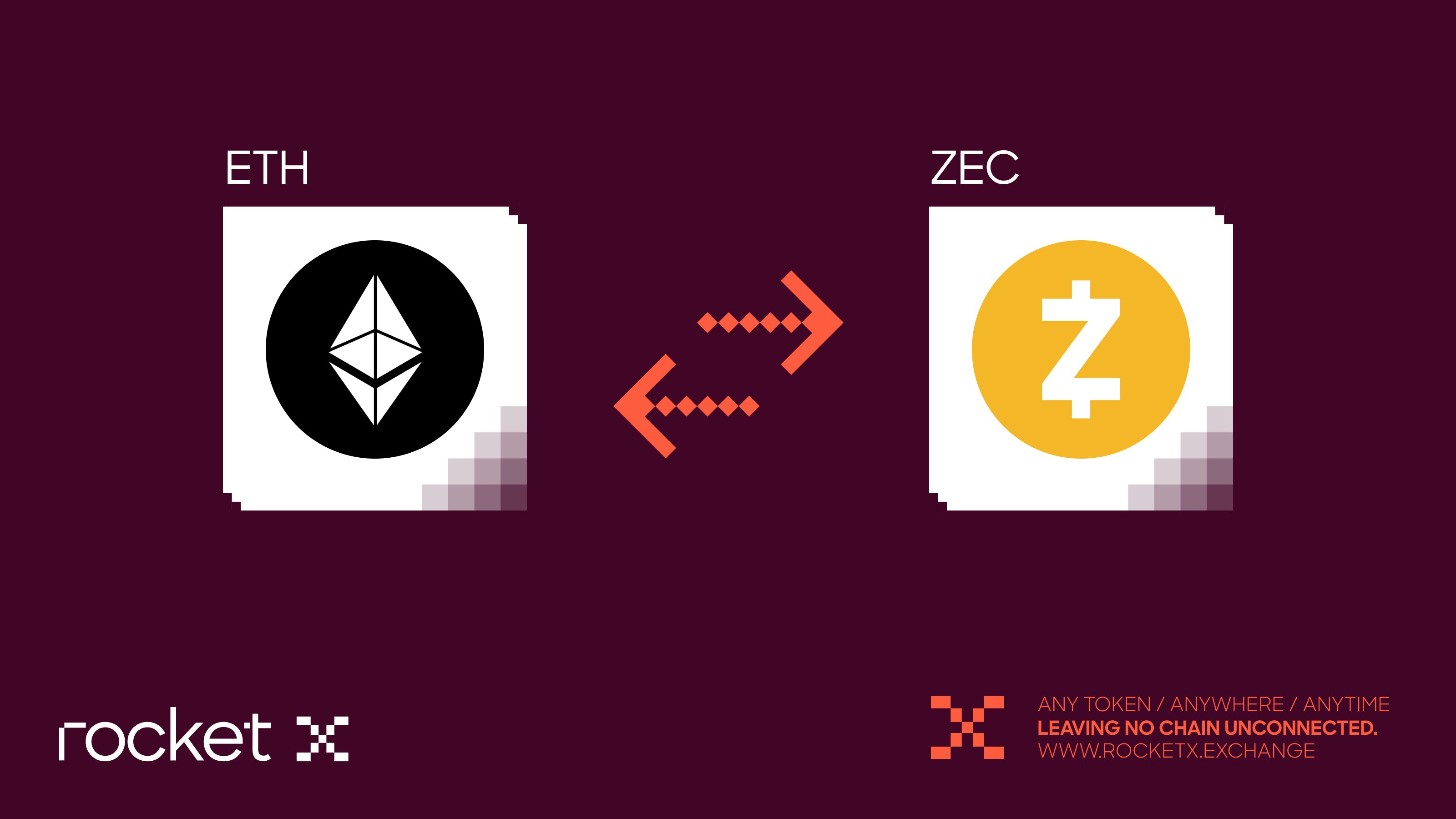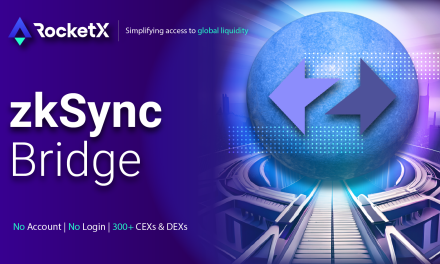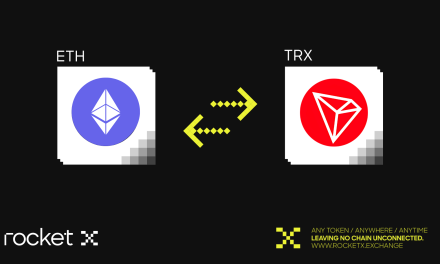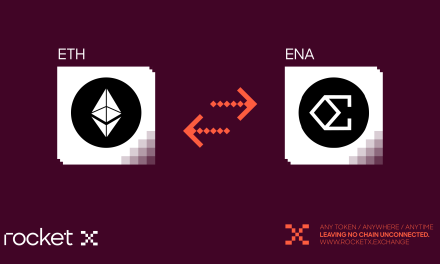
Introduction
Privacy is becoming one of the strongest narratives in crypto again, and Zcash is right at the center of this revival. In a world where every blockchain transaction is publicly visible and easily traceable, users are now searching for ways to protect their financial data without giving up the benefits of decentralized technology. Zcash was created exactly for this purpose.
Launched in 2016 as a fork of Bitcoin, Zcash introduced something groundbreaking: selective privacy on a public blockchain using advanced zero-knowledge cryptography. Unlike Bitcoin, where every transaction exposes the sender, receiver, and amount, Zcash gives users the choice to keep their activity visible or fully shielded. This balance between privacy and transparency is what makes it so relevant today, especially as on-chain data becomes more trackable than ever.
In this guide, you will learn everything about this network, how its technology functions, why the ZEC coin is gaining momentum, and how you can buy ZEC easily from any chain using RocketX Exchange.
What Is Zcash?
Zcash (ZEC) is a decentralized cryptocurrency created to give users real financial privacy on a public blockchain. It works much like Bitcoin since both use Proof of Work, both have a fixed supply of twenty-one million coins, and both follow a halving schedule. But Zcash introduces one powerful upgrade that Bitcoin does not have: optional privacy through advanced zero-knowledge cryptography.
On Bitcoin, every transaction shows the sender, receiver, and amount, but Zcash lets users choose whether they want this information visible or fully hidden. It uses zk SNARKs, a type of zero-knowledge proof that allows the network to verify a transaction without revealing any of its details. This selective privacy model makes it a preferred choice for people and institutions that want confidentiality while still trusting the security of a public blockchain.
Zcash supports three types of addresses:
- Transparent addresses, similar to Bitcoin
- Shielded addresses, which hide transaction information
- Unified addresses, which automatically support both formats
This flexibility makes Zcash suitable for daily payments, private savings, audits, and DeFi interactions where users want privacy without losing verifiability.
Short History Recap
The idea behind Zcash started in 2013 when cryptographers Matthew Green, Ian Miers, and Christina Garman introduced the Zerocoin concept to add privacy to Bitcoin. Their research evolved into Zerocash, a stronger protocol based on zero-knowledge proofs.
Inspired by this work, security expert and cypherpunk Zooko Wilcox founded the Electric Coin Company and launched Zcash on October 28, 2016. The project gained major attention for its scientific foundation, strong cryptography, and its unique trusted setup ceremony that ensured secure network parameters.
Since launch, Zcash has continued upgrading through milestones like Sapling, Orchard, and Halo2, making private transactions faster, cheaper, and more efficient. Now in 2025, Zcash is experiencing renewed interest as global concerns around financial surveillance grow and users search for privacy-focused blockchain tools.
How Zcash Works
Zcash works very similarly to Bitcoin at its base layer, but it adds a powerful privacy system built with zero-knowledge cryptography. It uses the Equihash Proof of Work mechanism, where miners verify transactions and secure the network through block rewards. The real strength of Zcash comes from the way it protects transaction data.
Zcash supports two types of transactions. Transparent transactions show sender, receiver, and amount openly on the blockchain. Shielded transactions hide all of this information completely while still proving that the transfer is valid. This is done through zk SNARKs, a cryptographic method that lets the network confirm a transaction without revealing any internal details.
Users can choose between two address types: t addresses for transparent activity and z addresses for private transfers. Modern wallets also support Unified Addresses, which combine both formats for a simple and smooth experience.
When a user sends a shielded transaction, the wallet generates a zero-knowledge proof. Miners verify this proof and add the transaction to the blockchain without exposing anything sensitive. Zcash also offers view keys, which allow users to share their transaction history with auditors or institutions only when necessary.
Because of its strong cryptography and continuous upgrades, Zcash remains one of the most advanced and reliable privacy-focused blockchains in the world.
Why Is ZCash (ZEC) Price Pumping?
Zcash has made one of the strongest comebacks of the year, climbing more than one thousand percent from its 2024 lows. This rise is not driven by hype or short-lived speculation. It is powered by real fundamentals, rising demand for financial privacy, and major upgrades that unlocked the true strength of the Zcash network.
The biggest reason behind this surge is the global return of the privacy narrative. With governments pushing stricter monitoring rules and central bank digital currencies, users are searching for ways to protect their financial information. Zcash, with its optional privacy and proven zero-knowledge technology, has become a trusted choice for people who want confidentiality while keeping security and decentralization. Shielded transactions are now at record highs, showing real user adoption.
Another major factor is Zcash’s technical progress in 2025. Improvements like Halo2 and the Orchard shielded pool made private transfers cheaper and faster. The new Zashi wallet, cross-chain private swaps, and easy mobile proof generation helped Zcash expand into DeFi and multi-chain ecosystems. As more users move funds into shielded pools, exchange supply is shrinking, creating a natural supply squeeze.
The 2025 halving added further pressure by reducing new issuance. With less circulating supply and more coins held privately, price movements have become sharper whenever demand rises.
Institutional interest has also returned. Funds, long-term holders, and privacy supporters now see ZEC as a form of digital protection similar to “Bitcoin with privacy,” especially in a world moving toward heavier surveillance.
All these factors together have created a powerful setup for Zcash’s renewed momentum, driven by real usage, stronger technology, and a global shift toward financial privacy.
How to Buy Zcash (ZEC) Using RocketX Exchange
Buying Zcash has become slightly more complicated in recent years because many centralized exchanges have delisted or restricted trading for privacy-focused coins due to tightening global regulations. This has reduced liquidity on major platforms and made it harder for users to access ZEC directly.
RocketX Exchange solves this problem completely by giving you a simple, unified, cross-chain way to buy ZEC from almost any blockchain with full transparency and best-price execution.
Here’s a simple, beginner-friendly step-by-step guide to buy Zcash (ZEC) using RocketX Exchange:
Step 1 — Open RocketX and connect your wallet
Go to app.rocketx.exchange in your browser. Click Connect Wallet and choose the wallet where your funds are stored. You can use wallets like MetaMask, Rabby, Trust Wallet, OKX Wallet (for EVM chains), or Phantom / Backpack (if your funds are on Solana, etc).
Step 2 — Select your source network and token
In the “From” section, select the network where your funds are currently (for example: Ethereum, BNB Chain, Polygon, Arbitrum, Solana, Base, etc). Then choose the token you want to swap from, such as ETH, USDT, USDC, BNB, SOL, or any other supported asset.
Step 3 — Select the destination network and token
In the “To” section, choose the Zcash network and select ZEC as the coin you want to receive. RocketX will automatically search across connected centralized and decentralized exchanges to find the best route for your ZEC purchase.
Step 4 — Enter the amount and the recipient address
Type the amount you want to swap. Paste your Zcash wallet address (from a ZEC-compatible wallet such as YWallet, Zashi, Ledger, etc.) as the recipient.

Step 5 — Confirm and approve the cross-chain swap
Review the details, including estimated amount, fees, and route. Click Cross Chain Swap and approve the transaction in your wallet.
Step 6 — Check your Zcash wallet
After the swap is completed, open your ZEC wallet and confirm that your Zcash (ZEC) has arrived.
No separate bridges, no multiple exchanges — RocketX handles the entire route for you in one smooth flow.
Best Wallets to Store Zcash
Storing Zcash safely is all about choosing a wallet that supports shielded addresses, self-custody, and smooth transactions. Here are the best options for 2025, explained simply and clearly:
- Zashi Wallet (Official Zcash Mobile App)
Zashi is the official mobile wallet developed by the Electric Coin Company. It supports shielded transactions by default, works smoothly on iOS and Android, and offers features like Tor routing and easy QR payments. Perfect for everyday transfers and private payments.
- Ledger Nano X or Nano S Plus (Hardware Wallets)
Ledger devices provide the highest level of offline security. You can store large amounts of ZEC safely and connect them with Zcash-compatible apps for shielded transfers. Ideal for long-term holders who want maximum protection.
- YWallet (Advanced Privacy Wallet)
YWallet is an excellent choice for users who want complete control. It supports Sapling and Orchard shielded addresses, light and full node modes, and advanced privacy tools. Best for users who want deeper privacy control.
- Trezor Model T (Hardware Wallet)
Trezor’s flagship hardware wallet supports Zcash and works with open-source software. It is a secure and user-friendly option for people who want to store ZEC long-term while staying in full control of their keys.
- Exodus Wallet (Beginner-Friendly Multi-Asset Wallet)
Exodus is one of the easiest wallets for new users. It has a beautiful interface, supports unified addresses, and makes it simple to send and receive ZEC. Great for beginners, but not recommended for very large amounts.
Is Zcash a Good Investment?
Zcash is one of the most established privacy coins in the crypto space, and its strong return in 2025 has made many investors look at it again. Whether it is a good investment depends entirely on the type of investor you are and how much volatility you can handle. Zcash has real strengths, but it also carries real risks.
On the positive side, Zcash is built on one of the strongest and most mature privacy technologies in blockchain. Its zero-knowledge system is well tested, widely reviewed, and backed by years of research. Upgrades like Orchard, Halo2, and unified addresses have made private transactions faster, cheaper, and more secure. This gives Zcash long-term credibility as a privacy-focused payment network and a reliable option for users who want financial confidentiality.
The 2025 rally also reflects a larger shift. As global monitoring increases and users look for more control over their financial data, demand for privacy tools rises. Zcash has benefited from this trend with more shielded transactions, better wallets, and growing institutional attention. If this environment continues, ZEC may remain one of the strongest privacy assets in the market.
Still, it comes with risks. Privacy coins often face stricter regulations, which can reduce liquidity or lead to restrictions on exchanges. Price swings can be sharp, and narrative changes can move the market quickly. This makes ZEC more suitable for investors who are comfortable with volatility and who understand the long-term importance of privacy in crypto.
Overall, Zcash can be a meaningful addition for investors who believe privacy will stay relevant and who can tolerate market fluctuations. For those looking for low risk or predictable performance, it may feel too volatile. As always, research well, invest carefully, and choose a position size that fits your risk comfort.






